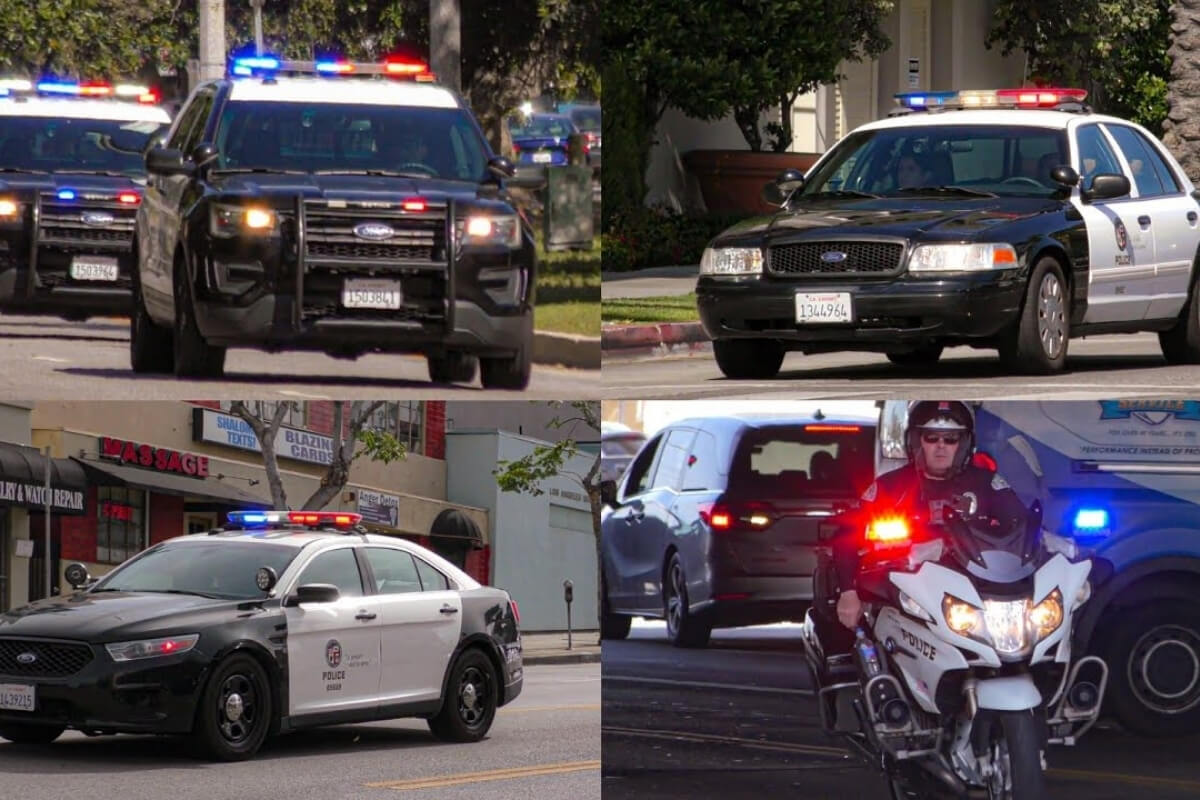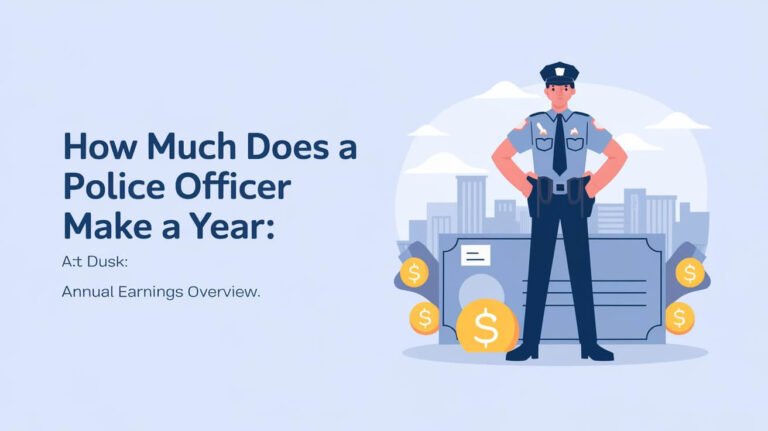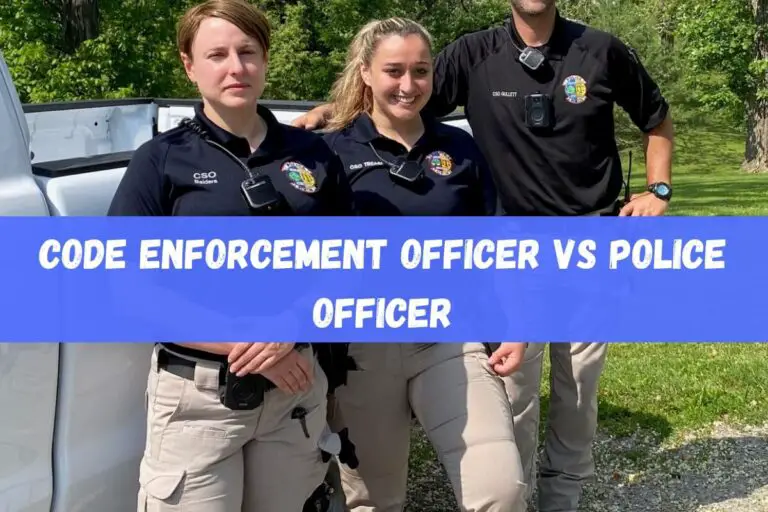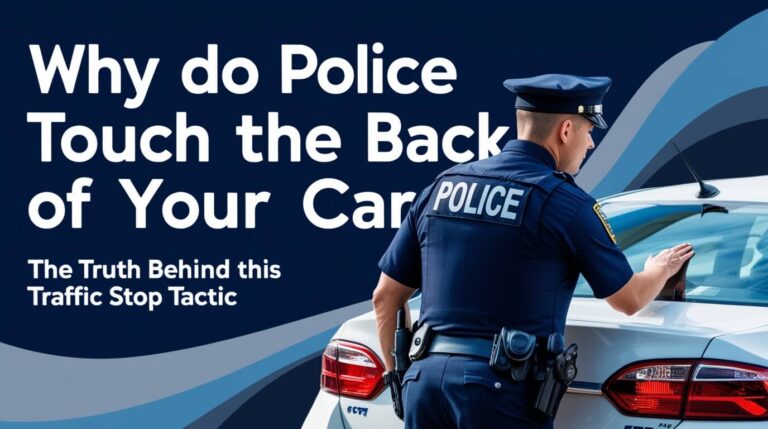Police Code 3: Emergency Response Protocol Explained

Police Code 3 is an emergency response protocol that signals officers to respond immediately using lights and sirens. This urgent code indicates a high-priority situation requiring rapid arrival at the scene.
Law enforcement agencies use various codes to communicate quickly and efficiently. Among these, Code 3 stands out as one of the most critical. It’s a call to action that can mean the difference between life and death in emergency situations.
In this comprehensive guide, we’ll explore every aspect of Police Code 3, from its definition and use to its impact on public safety and future developments. Let’s dive into the world of emergency response protocols and uncover the significance of this crucial code.
The Basics of Police Code 3
Definition and Meaning of Code 3
Police Code 3 is a radio code used by law enforcement to indicate an emergency response with lights and sirens. When officers receive a Code 3 call, they’re authorized to use their vehicle’s emergency equipment and proceed to the scene as quickly as possible while maintaining safety.
This code typically signifies:
- Immediate response required
- Use of emergency lights and sirens
- Exemption from certain traffic laws
- Highest priority call
When is Code 3 Typically Used?
Code 3 is reserved for serious situations that demand urgent police presence. Some common scenarios include:
- Active shooter incidents
- Officer in distress calls
- Violent crimes in progress
- Severe traffic accidents with injuries
- Hostage situations
- Bomb threats
Dispatchers and officers carefully assess each situation before issuing a Code 3 response due to the risks involved in high-speed emergency driving.
Importance of Code 3 in Law Enforcement
Code 3 plays a crucial role in effective policing:
- Rapid response: Enables officers to reach critical scenes quickly
- Clear communication: Instantly conveys the urgency of a situation
- Resource allocation: Helps prioritize personnel and equipment
- Public safety: Alerts civilians to clear the way for emergency vehicles
- Officer safety: Ensures backup arrives swiftly in dangerous situations
Understanding Code 3 is essential for both law enforcement personnel and the public to ensure smooth emergency operations.
History and Evolution of Police Codes
Origins of Police Radio Codes
Police radio codes date back to the early days of radio communication in law enforcement. They were developed to:
- Improve clarity in radio transmissions
- Reduce confusion during high-stress situations
- Maintain a level of privacy from the public
The first standardized codes were introduced in the 1930s, laying the groundwork for modern police communication systems.
Development of the Code 3 System
The specific Code 3 system evolved as part of broader police radio code structures. Key milestones include:
- 1940s: Widespread adoption of the “Ten-Code” system
- 1974: APCO Project 14 aimed to standardize codes nationally
- 1980s-1990s: Many departments developed their own code systems
Code 3 became a common designation for emergency response across many jurisdictions, though its exact meaning can vary slightly between departments.
Modern Adaptations and Variations
Today, police codes continue to evolve:
- Some departments are moving towards plain language communication
- Regional variations in code meanings persist
- Technology advancements have introduced new coding systems
Despite these changes, Code 3 remains a widely recognized and used emergency response designation in many law enforcement agencies.
Breaking Down Police Code 3 Response
Use of Lights and Sirens
When responding Code 3, officers activate their vehicle’s emergency equipment:
- Flashing lights (often called “cherries” or “gumball machine”)
- Loud sirens with various tones
- Sometimes, additional equipment like wig-wag headlights
This combination serves to:
- Alert other drivers to yield right-of-way
- Warn pedestrians of approaching emergency vehicles
- Signal the urgency of the situation to the public
Speed and Traffic Law Exemptions
Code 3 responses often involve:
- Exceeding posted speed limits
- Proceeding through red lights and stop signs (with caution)
- Driving against traffic flow when necessary
However, officers must still exercise due care and are typically held responsible for any accidents caused by negligent driving.
Officer Responsibilities During a Code 3 Response
When responding Code 3, officers must:
- Continuously assess the need for emergency response
- Balance speed with safety for themselves and others
- Be prepared to downgrade the response if conditions change
- Communicate clearly with dispatch and other units
- Follow department policies and procedures for emergency driving
These responsibilities ensure that Code 3 responses remain as safe as possible while still addressing urgent situations effectively.
Code 3 vs. Other Emergency Response Codes
Comparison with Code 1 and Code 2
While Code 3 is the highest priority, other codes include:
- Code 1: Routine response, no lights or sirens
- Code 2: Urgent but not life-threatening, may use lights but no siren
This tiered system allows for appropriate responses to various situations, conserving resources and minimizing risks associated with emergency driving.
Variations Across Different Jurisdictions
Code meanings can differ between agencies:
- Some use numerical systems (e.g., Priority 1, 2, 3)
- Others use color codes (e.g., Red, Yellow, Green)
- Many departments have unique codes for specific situations
It’s crucial for officers to understand their agency’s specific coding system to ensure proper response protocols.
International Equivalents to Code 3
Other countries have similar emergency response designations:
- UK: Grade 1 call (immediate response)
- Australia: Priority 1 or Code 1
- Canada: often uses the same Code 3 designation
While the terminology may differ, the concept of an urgent, lights-and-sirens response is universal in emergency services worldwide.
The Impact of Code 3 on Public Safety
Benefits of Rapid Emergency Response
Code 3 responses can significantly improve outcomes in critical situations:
- Faster arrival at crime scenes
- Quicker medical intervention in accidents
- Increased chances of apprehending suspects
- Enhanced officer safety through rapid backup
These benefits can mean the difference between life and death in many emergency scenarios.
Potential Risks and Safety Concerns
Despite its benefits, Code 3 responses carry inherent risks:
- Increased likelihood of traffic accidents
- Stress on officers during high-speed driving
- Potential for civilian panic or confusion
- Noise pollution in residential areas
Balancing these risks with the need for rapid response is an ongoing challenge for law enforcement agencies.
Public Awareness and Reaction to Code 3 Situations
Educating the public about Code 3 responses is crucial:
- Teaching drivers how to yield to emergency vehicles
- Explaining the importance of not following emergency vehicles
- Raising awareness about the seriousness of Code 3 situations
Improved public understanding can lead to safer emergency responses and better community-police relations.
Code 3 in Different Emergency Services
Police Use of Code 3
In law enforcement, Code 3 is used for:
- Responding to violent crimes in progress
- Backup requests from officers in danger
- High-priority missing person cases
- Pursuit situations
Each department has specific guidelines for when Code 3 can be initiated.
Fire Department Applications
Fire services often use Code 3 for:
- Structure fires
- Vehicle accidents with entrapment
- Hazardous material spills
- Rescue operations
The urgency of fire-related emergencies frequently warrants Code 3 responses.
Ambulance and Paramedic Code 3 Responses
Medical emergencies requiring Code 3 include:
- Cardiac arrests
- Severe trauma
- Respiratory distress
- Strokes
EMS providers must quickly assess situations to determine if a Code 3 response is necessary.
Legal Aspects of Code 3 Responses
Laws Governing Emergency Vehicle Operations
Various laws regulate Code 3 driving:
- Vehicle codes specifying emergency vehicle privileges
- Regulations on the use of lights and sirens
- Speed limit exemptions and their limitations
These laws aim to balance emergency needs with public safety.
Liability Issues for Agencies and Officers
Code 3 responses can lead to legal complications:
- Potential civil liability for accidents during emergency driving
- Questions of negligence in high-speed pursuits
- Disputes over the necessity of Code 3 in specific situations
Agencies must have clear policies and thorough training to mitigate liability risks.
Recent Legal Cases Involving Code 3 Incidents
Several court cases have shaped Code 3 policies:
- Rulings on the reasonableness of emergency driving
- Decisions on department liability for officer actions
- Interpretations of “due regard for safety” during Code 3 responses
These cases continue to refine the legal framework surrounding emergency vehicle operations.
Training and Preparation for Code 3 Situations
Officer Training for High-Speed and Emergency Driving
Comprehensive training programs include:
- Simulator exercises for various scenarios
- Closed-course driving practice
- Classroom instruction on laws and policies
- Regular refresher courses
This training helps officers make split-second decisions during high-stress situations.
Decision-Making Processes for Initiating Code 3
Officers learn to consider multiple factors:
- Severity of the incident
- Time of day and traffic conditions
- Weather and road conditions
- Distance to the scene
These considerations help ensure Code 3 is used appropriately and safely.
Ongoing Education and Skill Maintenance
Continuous improvement is essential:
- Annual driving evaluations
- Reviews of recent Code 3 incidents
- Updates on new technologies and best practices
- Peer feedback and mentoring programs
Ongoing training keeps officers’ skills sharp and adaptable to changing conditions.
Technology and Code 3 Responses
Advanced Emergency Vehicle Warning Systems
Modern technology enhances Code 3 safety:
- GPS-enabled traffic signal preemption
- Automated vehicle location systems
- Enhanced siren and light patterns
- Collision avoidance systems
These advancements aim to reduce risks associated with emergency driving.
GPS and Traffic Management Integration
Smart traffic systems are improving Code 3 responses:
- Real-time traffic flow data for optimal routing
- Automatic road clearing through connected infrastructure
- Predictive analytics for response time optimization
Integration of these technologies can significantly improve emergency response efficiency.
Future Innovations in Emergency Response Technology
Emerging technologies promise further improvements:
- Autonomous emergency vehicles
- Drone support for situational awareness
- AI-powered dispatch and routing systems
- Virtual reality training simulations
These innovations may revolutionize how Code 3 responses are conducted in the future.
Controversies and Debates Surrounding Code 3 Use
Overuse of Code 3 Responses
Concerns about unnecessary Code 3 use include:
- Increased risks to public safety
- Officer fatigue from frequent high-stress driving
- Desensitization of the public to emergency vehicles
Striking the right balance between urgency and prudence remains a challenge.
Noise Pollution and Community Impact
Code 3 responses can affect communities:
- Sleep disturbances in residential areas
- Stress on sensitive populations (e.g., elderly, children)
- Complaints about frequent siren use
Agencies must consider these impacts when developing response policies.
Balancing Urgency with Public Safety
The core debate centers on:
- When is Code 3 truly necessary?
- How to minimize risks while maintaining rapid response
- Alternatives to traditional lights-and-sirens responses
This ongoing discussion shapes the evolution of emergency response protocols.
Code 3 in Popular Culture
Depictions in Movies and TV Shows
Media often portrays Code 3 responses:
- High-speed chases in action films
- Dramatic emergency scenes in police dramas
- Reality TV shows featuring real-life Code 3 calls
These depictions can influence public perceptions of emergency responses.
Influence on Public Perception of Emergency Services
Media portrayals can:
- Create unrealistic expectations of response times
- Glamorize high-risk driving behaviors
- Oversimplify the complexities of emergency decision-making
Education efforts often aim to counter these media-influenced perceptions.
Myths and Misconceptions about Code 3
Common misunderstandings include:
- Belief that all emergency responses are Code 3
- Assumption that Code 3 allows complete disregard for traffic laws
- Misconception that sirens guarantee safety in intersections
Dispelling these myths is crucial for public safety and cooperation.
The Future of Code 3 and Emergency Response Protocols
Trends in Emergency Response Strategies
Evolving approaches include:
- Increased use of data analytics for response optimization
- Integration of community feedback in policy development
- Exploration of alternative response models for non-violent calls
These trends aim to improve efficiency and community relations.
Potential Changes to the Code System
Future developments may include:
- Standardization of codes across jurisdictions
- Shift towards plain language communication
- Implementation of dynamic response codes based on real-time data
Adaptability will be key as emergency services evolve.
Adapting to Evolving Urban Environments and Technologies
Challenges and opportunities include:
- Navigating increasingly congested urban areas
- Leveraging smart city technologies for improved response
- Addressing the unique needs of growing and changing communities
Emergency services must remain agile to meet these evolving demands.
Conclusion: The Continuing Importance of Police Code 3
Police Code 3 remains a critical component of emergency response systems. It represents the highest level of urgency in law enforcement and other emergency services, enabling rapid response to life-threatening situations.
As we’ve explored, Code 3 is more than just a signal for lights and sirens. It’s a complex protocol that involves careful decision-making, specialized training, and constant evaluation of risks and benefits. The use of Code 3 touches on issues of public safety, legal liability, technological innovation, and community relations.
Looking to the future, Code 3 protocols will likely continue to evolve, adapting to new technologies, changing urban landscapes, and shifting public expectations. However, its core purpose – to provide swift assistance in critical emergencies – will remain unchanged.
Understanding Police Code 3 is not just important for law enforcement officers and emergency responders. It’s valuable knowledge for every member of the public. By recognizing what Code 3 means and how to respond when encountering emergency vehicles, we all play a part in ensuring these critical responses are as safe and effective as possible.
As our communities grow and change, so too will our emergency response systems. But the fundamental principle behind Code 3 – the urgent call to action in times of crisis – will always be at the heart of keeping our communities safe.






